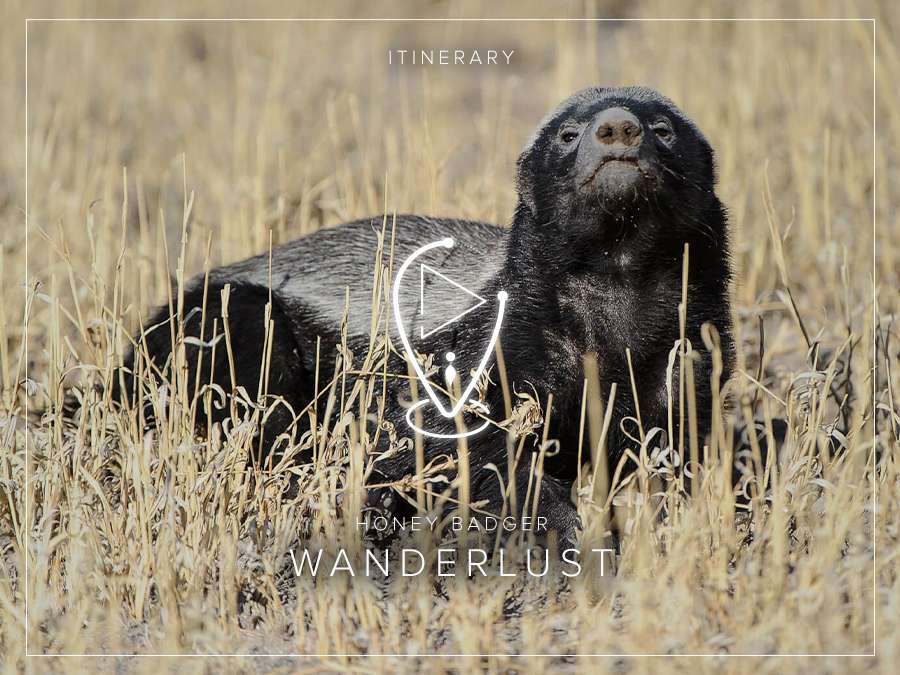The fearless and resourceful honey badger is a great sighting on safari, and this mighty creature, with its larger-than-life character, has built a “cult classic” following. Honey badgers are known for their never-say-die attitude, and can be seen taking on predators of all sizes. In most cases this is a form of self-defence as the honey badger’s diet is typically comprised of a variety of arthropods and small vertebrates; it will also climb trees to get at birds’ nests or bee hives.
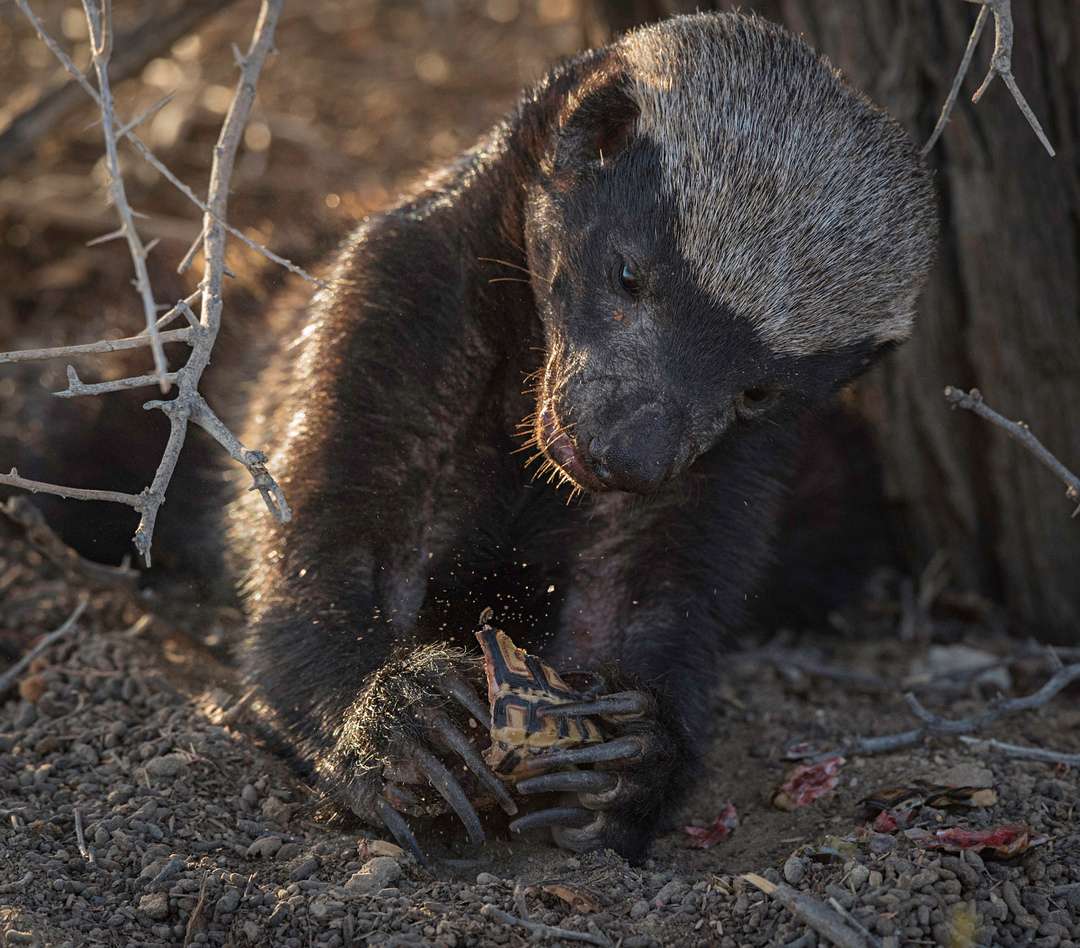
It is also believed that the honey badger enjoys a mutual relationship with the greater honeyguide. According to African folklore, the bird leads the badger to ransack bees’ nests and then feeds on any larvae left behind.
It is also known in some regions as a ratel, which originates from the Dutch word for honeycomb –most apt, thanks to its honey-munching antics. Ratel is also the word for rattle in Afrikaans, and when the honey badger finds itself in a comprised position or backed into a corner, getting ready to fight, it does so with a loud rattling sound.
Wilderness is here to help you find these fearless critters, with this list of our 5 best camps to see honey badgers.
Kalahari Plains Camp – Botswana
Situated on an immense pan, Kalahari Plains lies in a remote corner of the Central Kalahari Game Reserve, a place famed for vast herds of antelope followed by abundant predators – including the legendary black-maned Kalahari lions and feisty honey badgers. It also offers some of the best summer wildlife viewing in Africa. Game drives unlock wildlife treasures, while respectful San cultural experiences provide insights into their unique customs and traditions.
Eight canvas units (including one family unit) each include a sleep-out rooftop from which to enjoy the night skies. The camp, including its main area with pool and deck, takes in sweeping views across the Kalahari. Solar power provides electricity and hot water, with innovative insulated canvas walls and roofs keeping the temperatures inside comfortable.

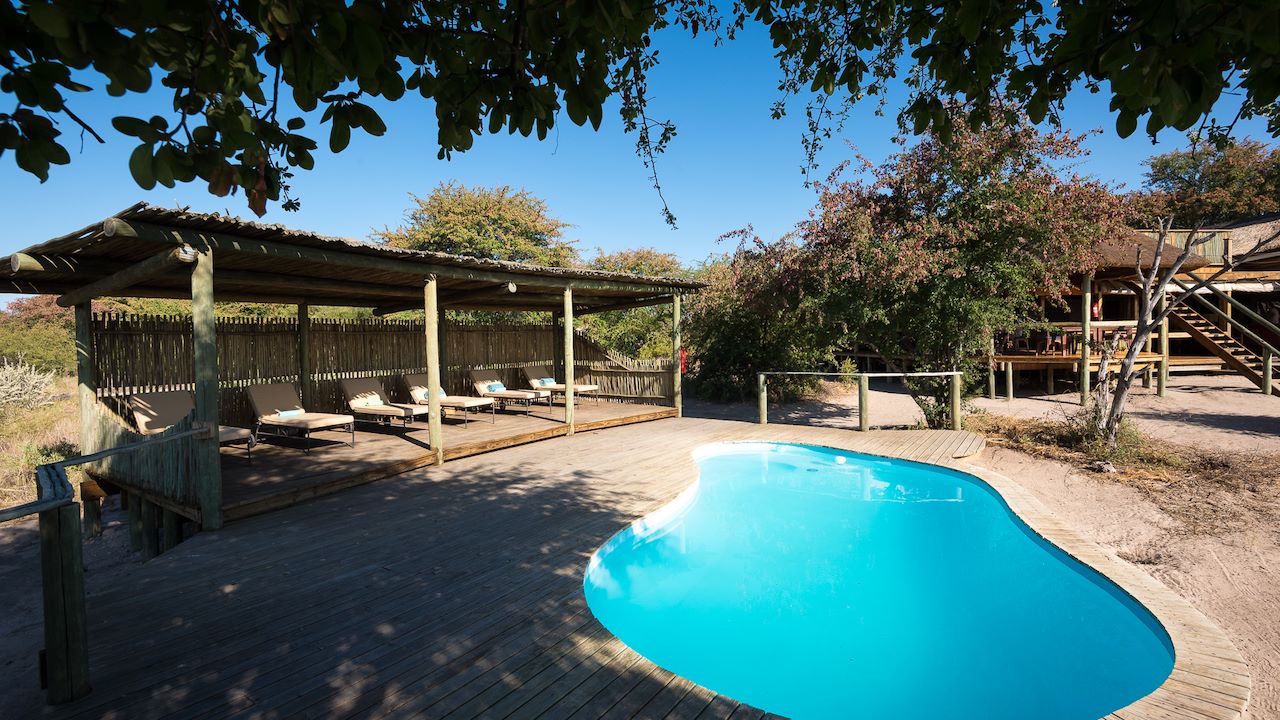
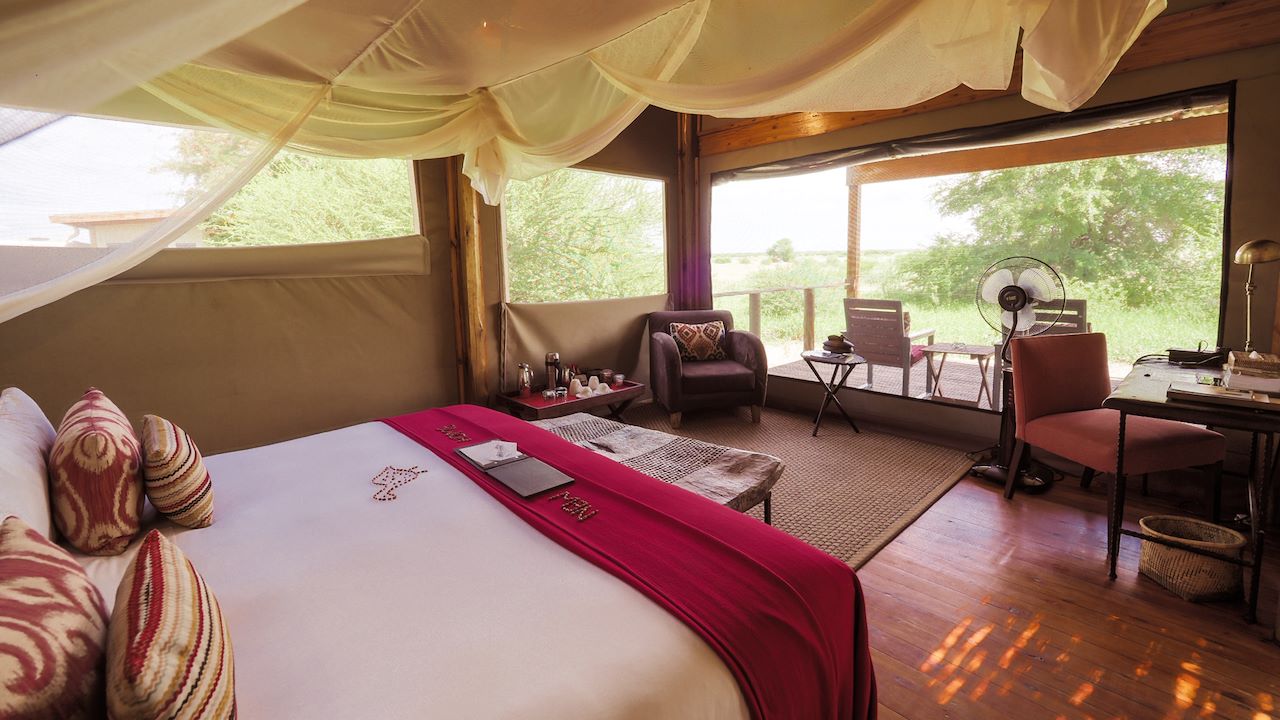


Honey badgers are renowned for their ferocity and courage. Their black and white coat pattern also serves as warning to other animals to steer well clear of them.
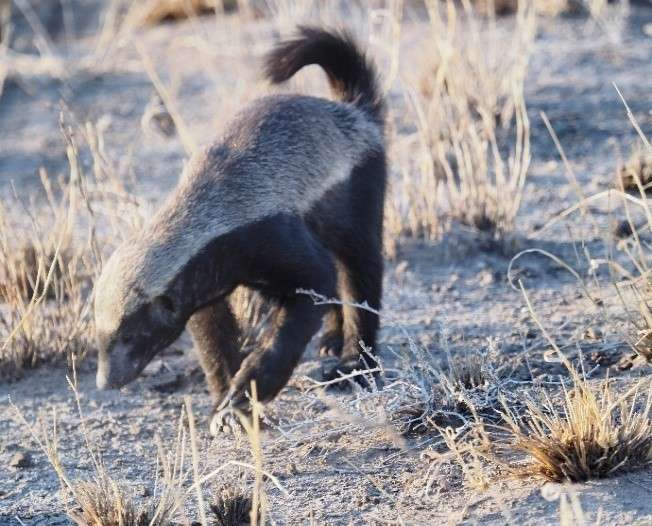
Chitabe – Botswana
Situated on a beautiful old tree-island in a prime wilderness locale in the south-east of the Okavango Delta, Chitabe Camp is built on elevated decks to provide superb views across an expansive floodplain. Thanks to its mosaic of habitats, a plethora of plains game is seen on day and night drives, as well as guided walks.
The camp's eight spacious Meru-style tents, with fine-art wildlife photographs, are set on elevated wooden decks under large shade trees. Each tent has twin beds, and en-suite facilities with indoor and outdoor showers, while the thatched dining area, bar and lounge are set on elevated decks to take advantage of the vistas. A pool in the main area invites you to cool off in the heat of the day.
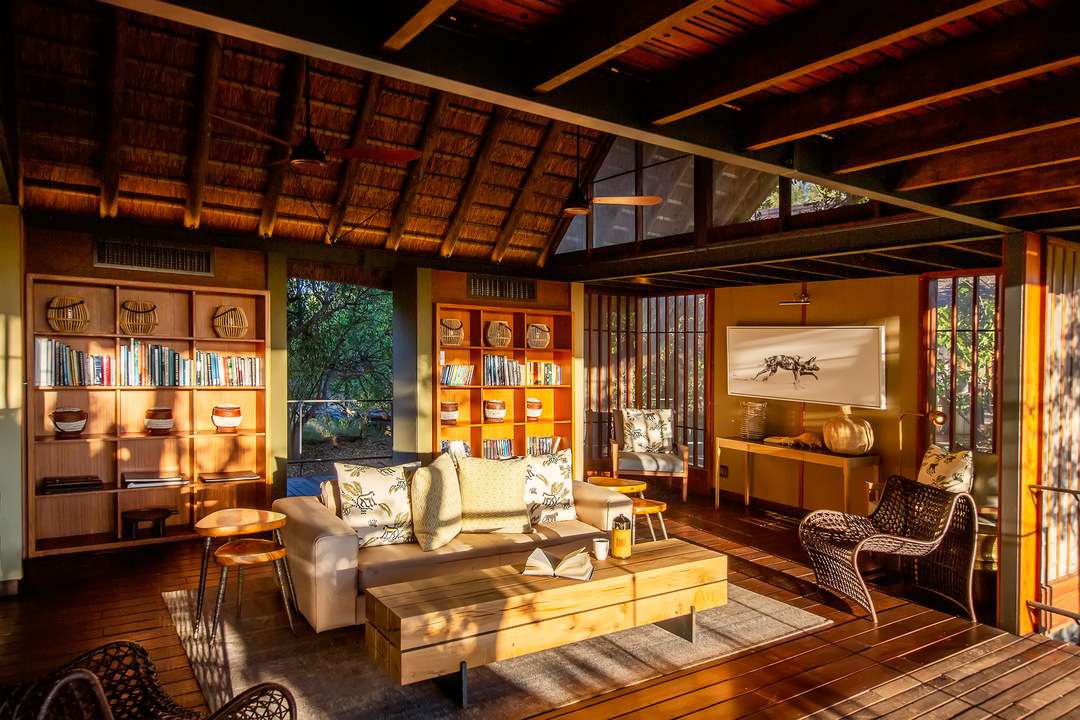
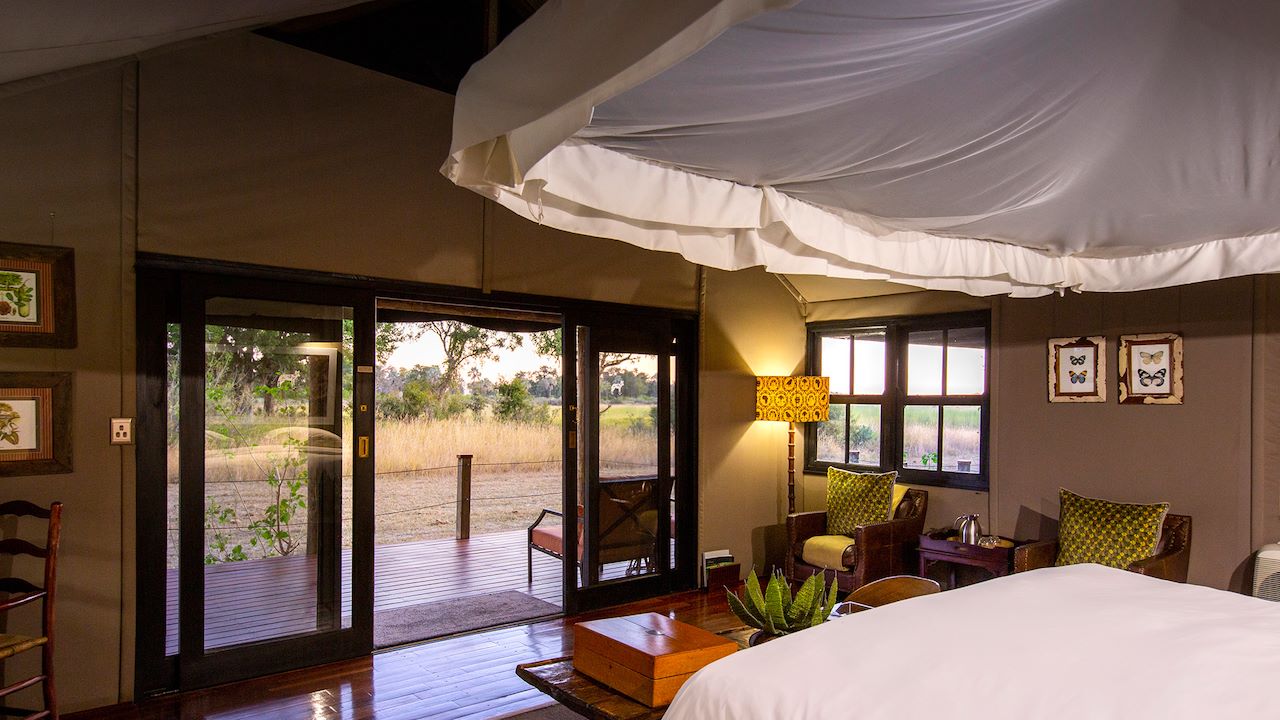
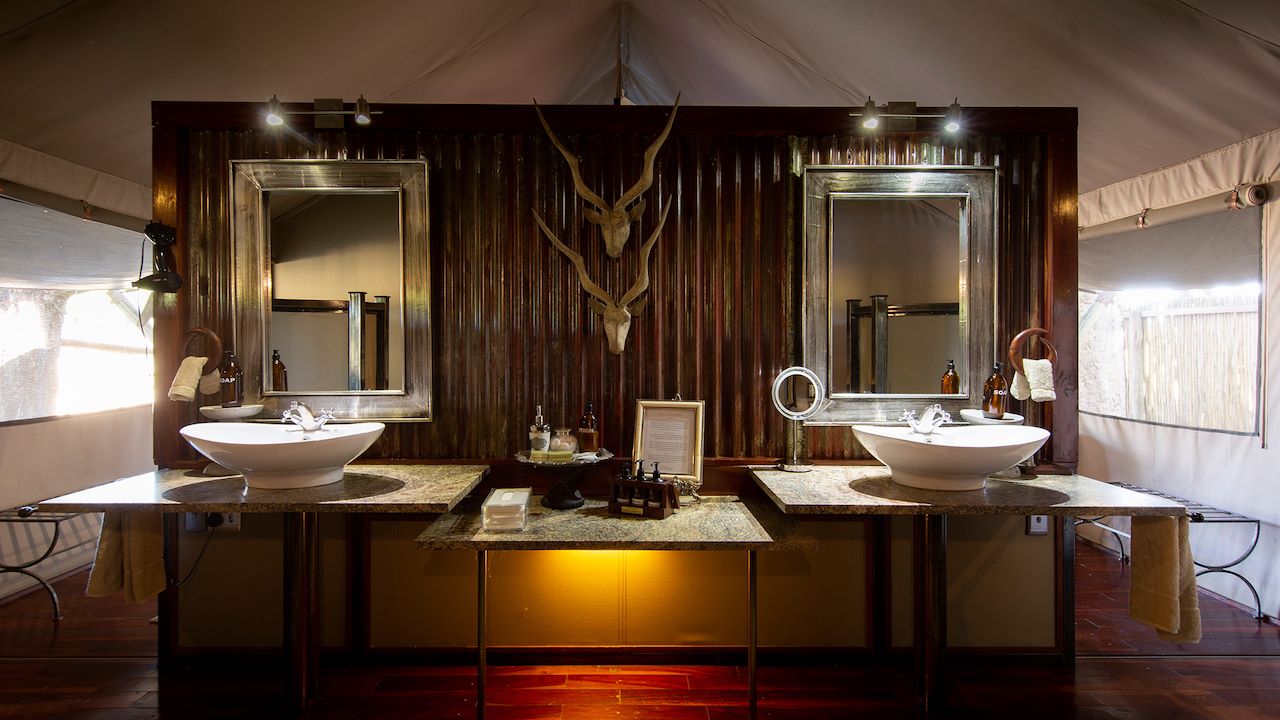


A honey badger’s skin is too tough for most predators’ teeth, or for bee stings to penetrate. Additionally, it is so loose that the animal can twist and turn when seized by an attacker – in order to retaliate or escape.
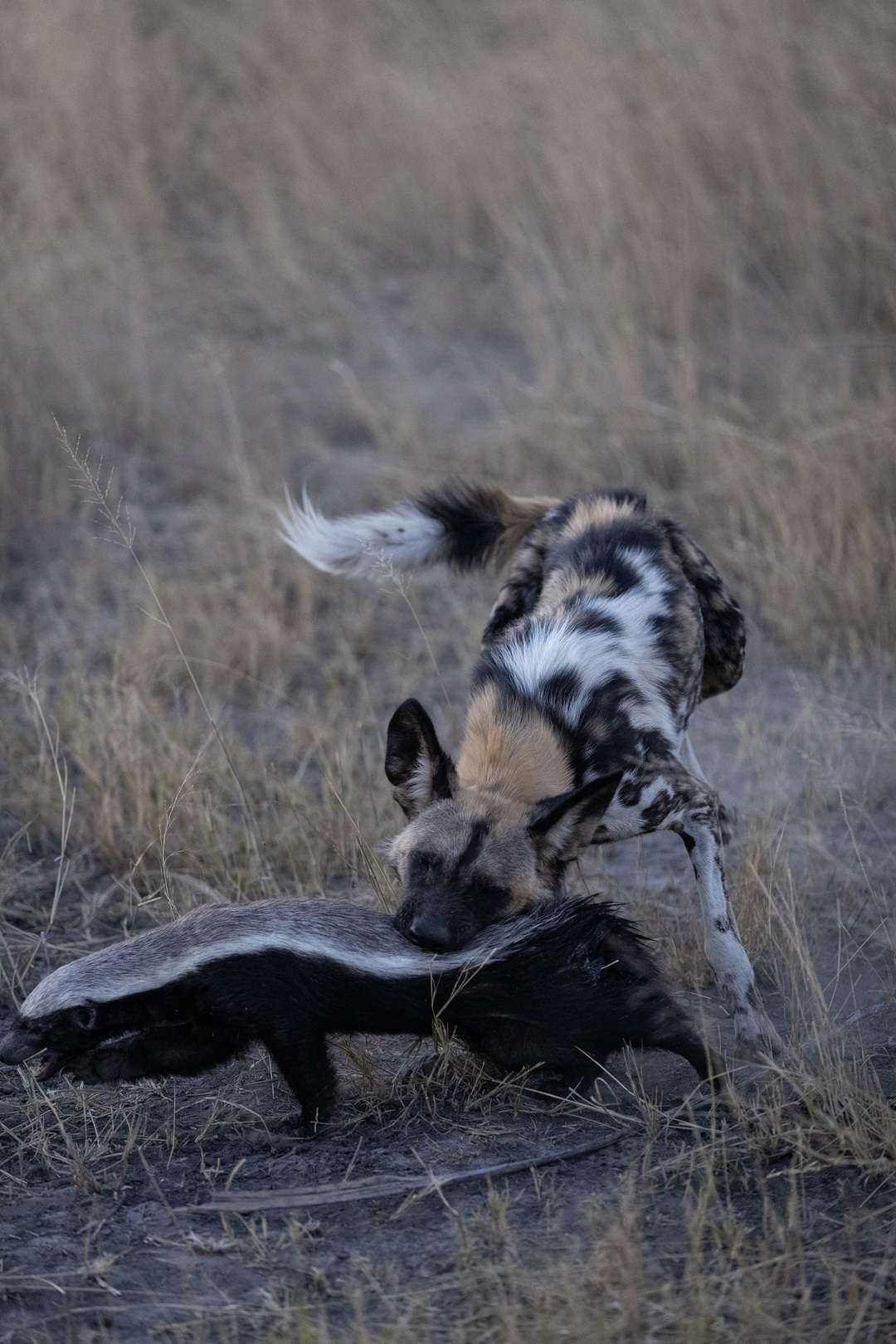
Little Makalolo – Zimbabwe
Little Makalolo lies in one of Hwange’s most ecologically-diverse areas, ensuring both variety and numbers of animals year round. A large number of waterholes attract game from far and wide, and with one in front of camp, wildlife activity can even be enjoyed from the pool or your breakfast table – or, more intimately, from the camp’s log-pile hide. Game drives, walks and cultural activities sometimes end at our “pizza stop” at Madison Pan, where a Star Bed also allows for a sleep-out under the stars.
Hwange's original bush camp, Little Makalolo is nestled in a dappled tree-line. Its six traditional-style tents (including a family unit), with both indoor and outdoor showers, are connected to the main area by teak walkways. A towering false mopane tree in the centre of the camp shades a separate dining and living area, with an open fire deck for those convivial evening fireside tales under the stars. A raised pool deck, which also shelters the bar and breakfast “room”, offers evocative views of the much-frequented waterhole in front of camp.
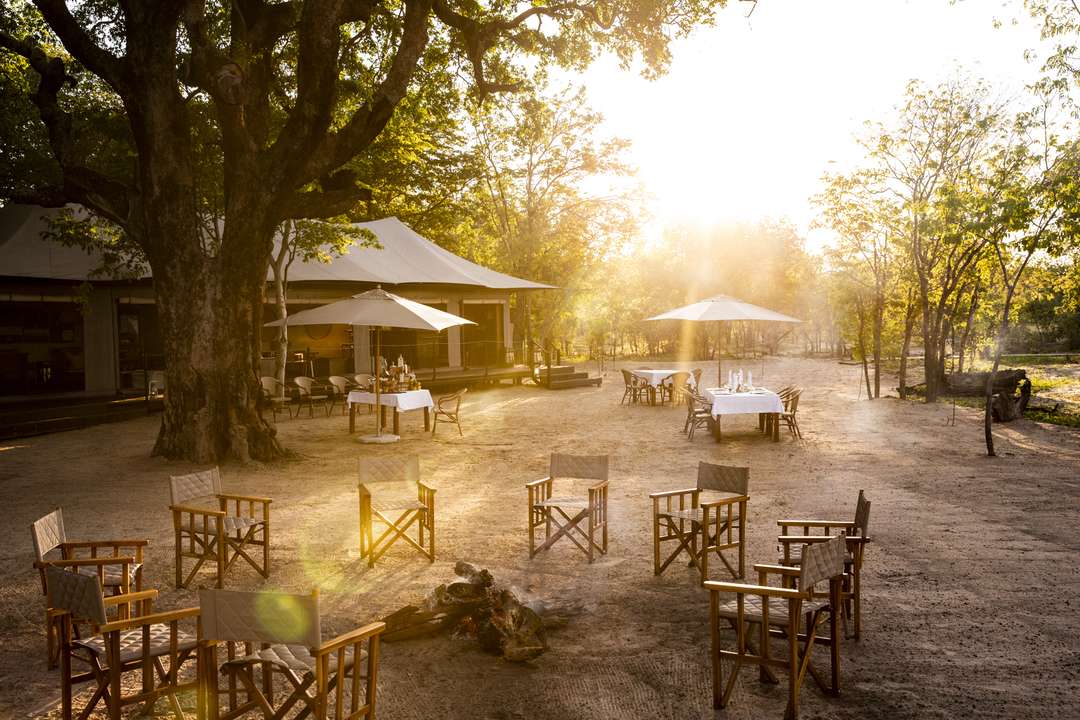

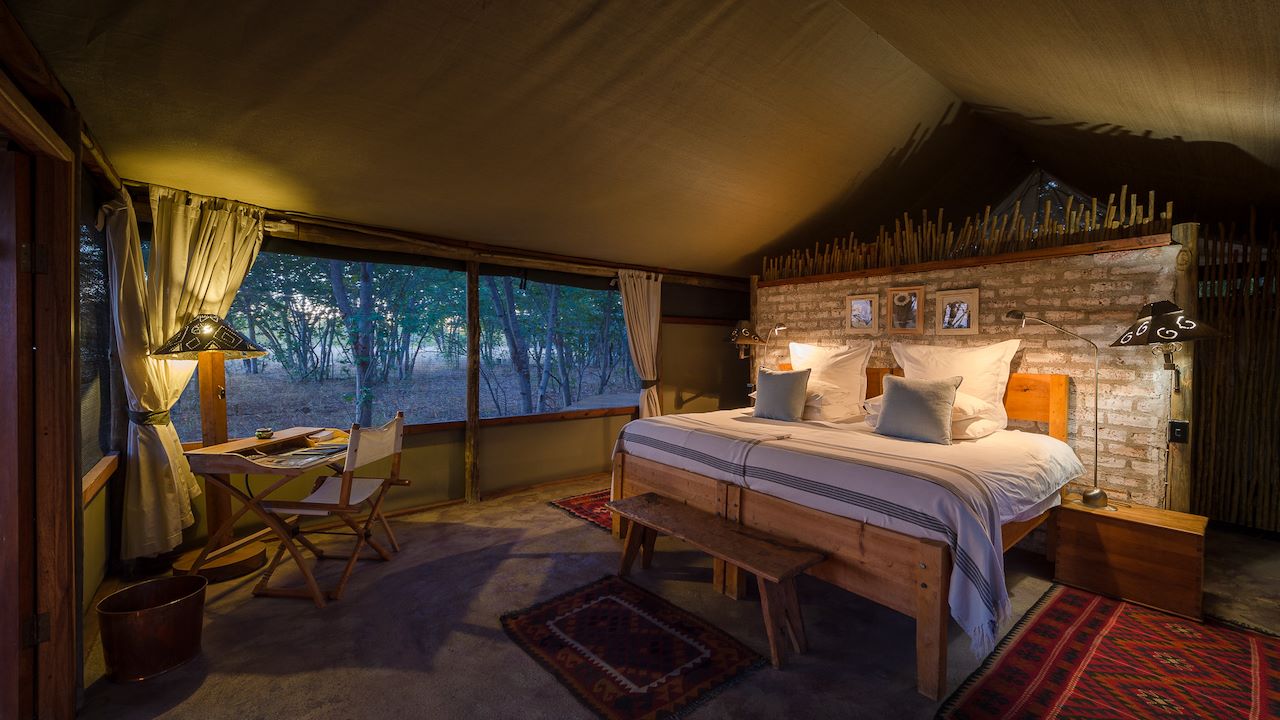


Using their long claws, honey badgers dig burrows to rest in, almost daily. They’ll do it anywhere – in the ground, a tree trunk, or even into termite mounds. If needed, they can dig themselves a hiding hole in a matter of minutes.
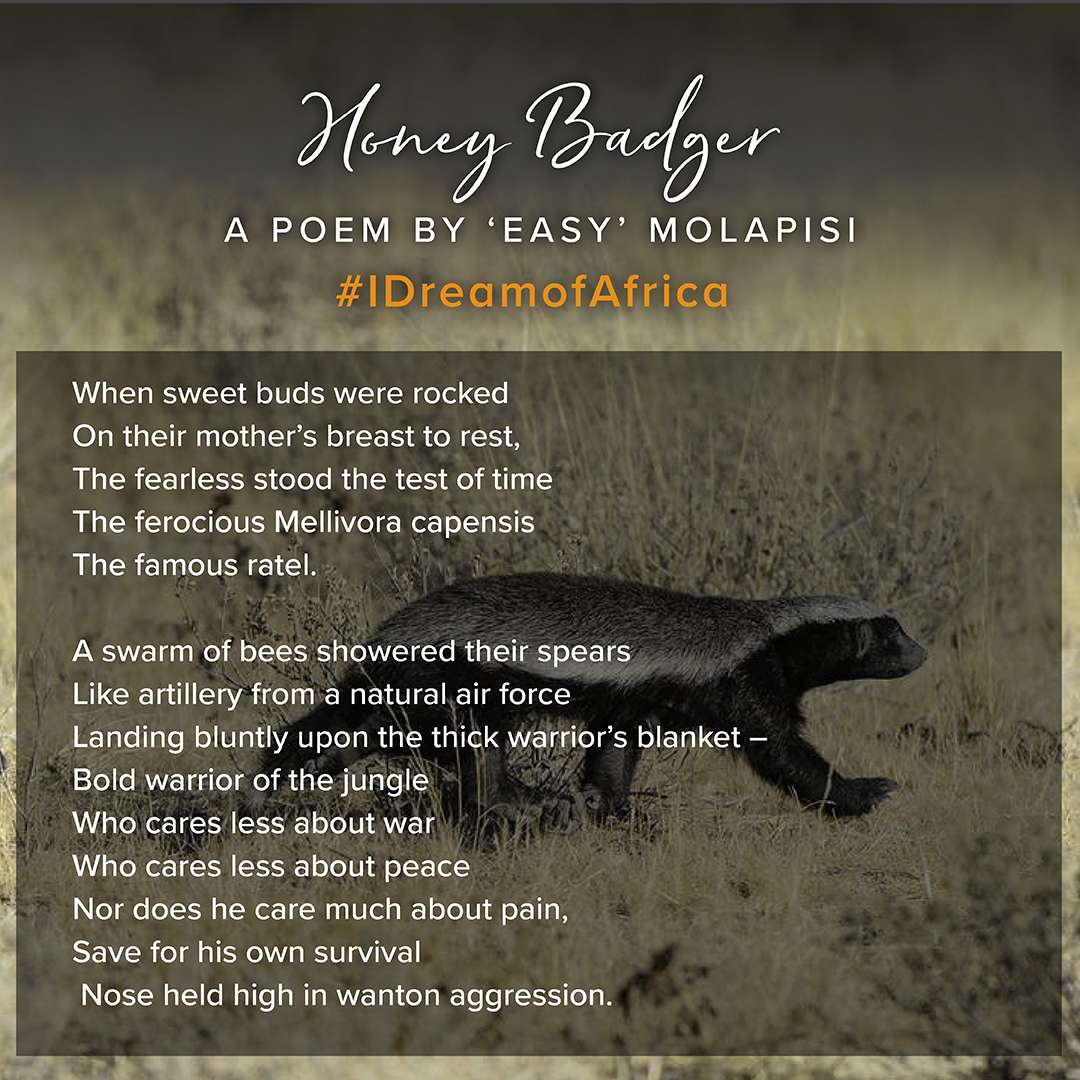
Little Ruckomechi – Zimbabwe
Little Ruckomechi celebrates one of Zimbabwe’s great wilderness areas along the Zambezi River. Its location within our private concession ensures an exclusive safari experience comprising a diverse range of activities – game drives, boating, canoeing and guided nature walks – through which to explore Mana Pools National Park in all its abundance.
Set amongst the iconic albida trees that characterise the region, the camp is built on wooden decks offering three (or four, for sole-use private bookings) airy and elegant tents conveying the romance of a bygone explorer era. The stylish living spaces, including a dining room and lounge, as well as a plunge pool, all look out over the river towards the Zambian escarpment.
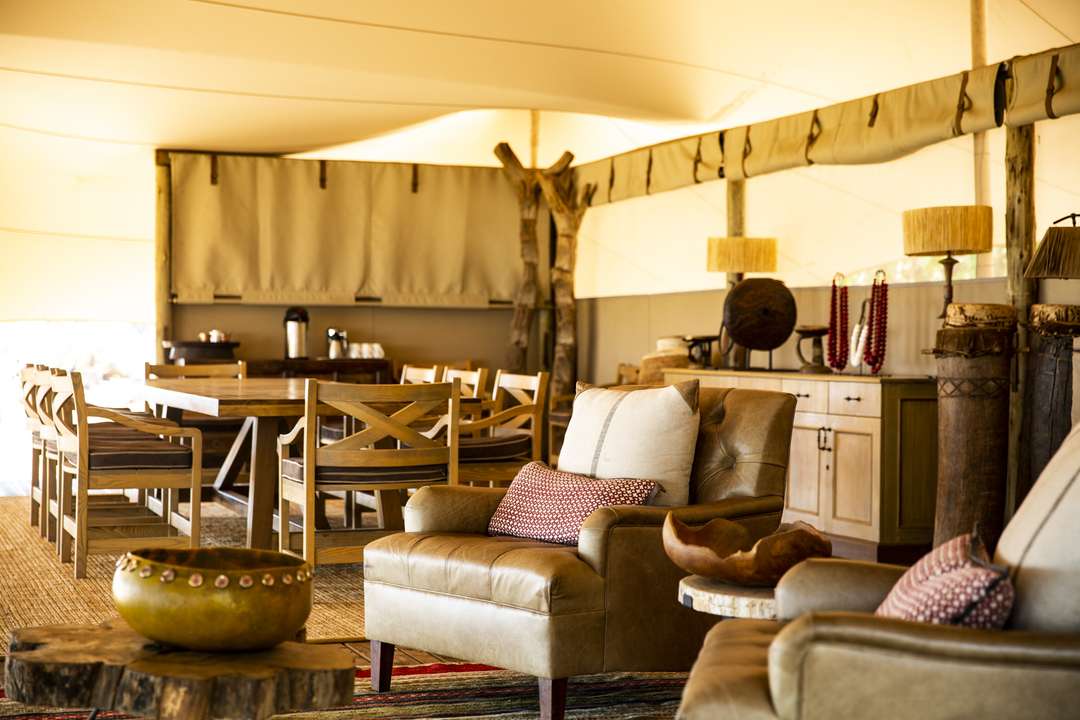

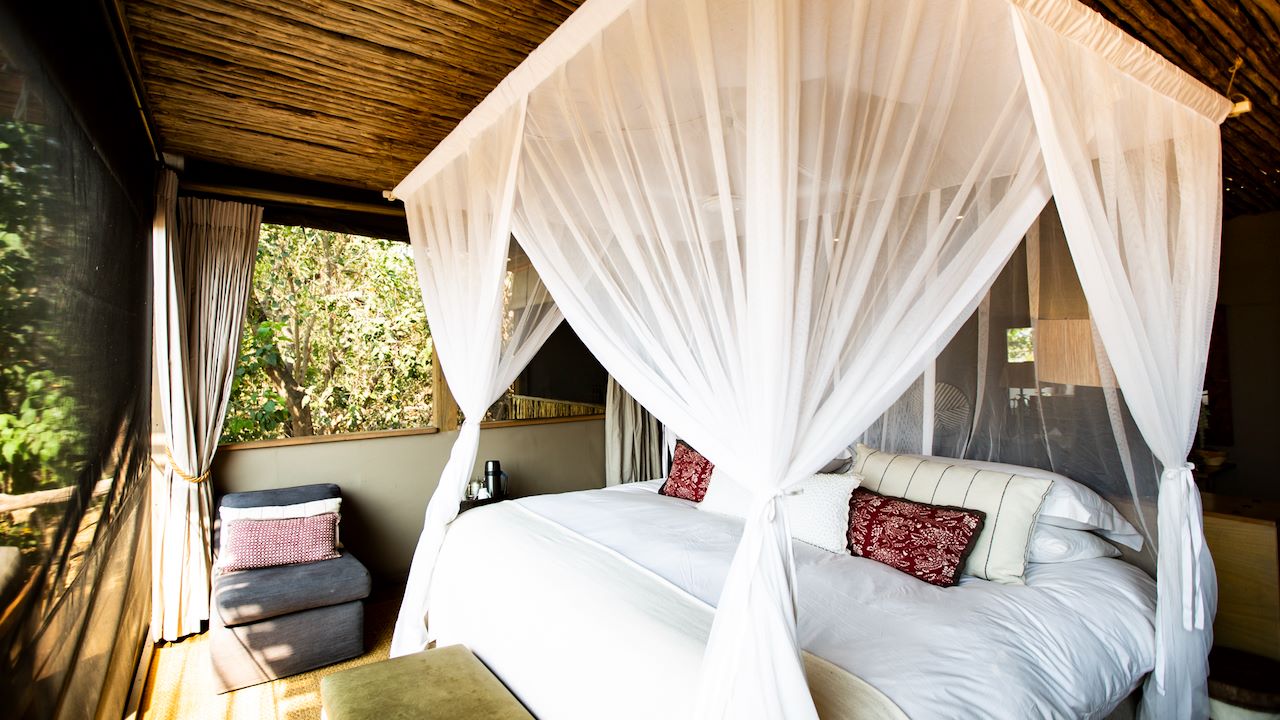


Honey badgers have no visible ears; instead their ears are tucked away within the thick skin on the back of their heads. Despite the lack of visible lobes and lugs, they still have a surprisingly good sense of hearing, along with their strong sense of smell and keen diurnal and nocturnal sight.
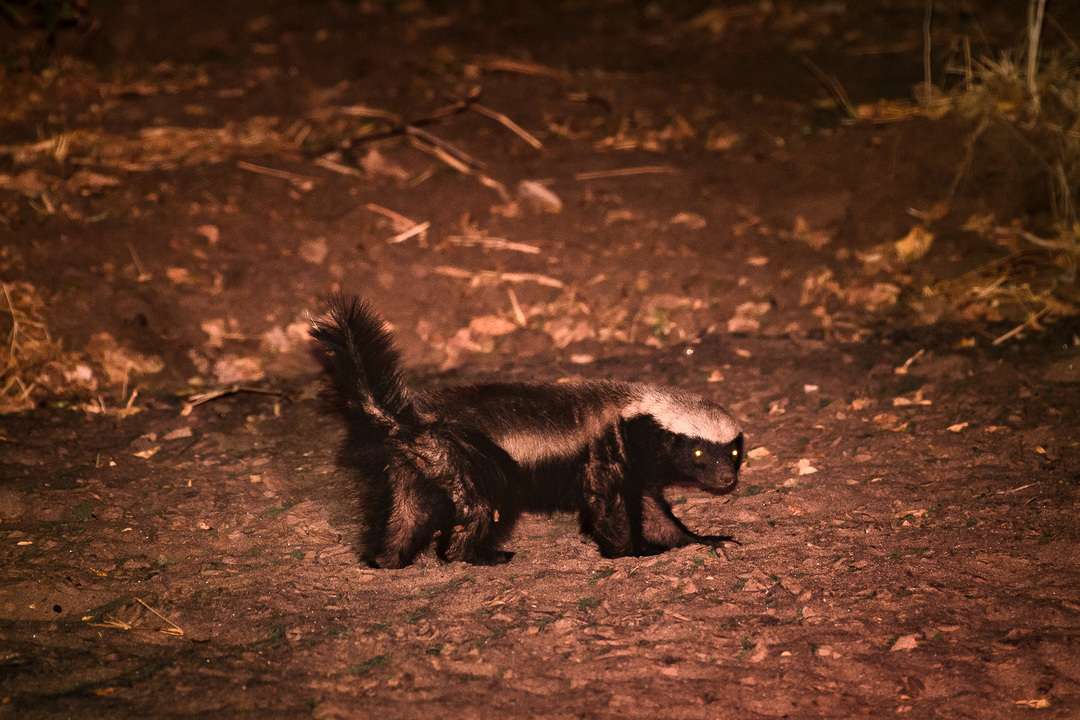
Chikwenya – Zimbabwe
Situated on the eastern boundary of Mana Pools National Park, Chikwenya is a photographer’s paradise as it looks out over an open floodplain and the broad Zambezi River, with a backdrop provided by the mountains of the Rift Valley escarpment.
The seven-tented camp (including two family units) is surrounded by a dense forest of albida and Natal mahogany trees, which provides deep shade in the heat of the day. The tents perch on low wooden decks, and pine walkways link them to the raised main area. The lounge, dining and bar areas are places of hospitality and relaxation, and a pool, deck and fireplace offer alternate spaces to enjoy the scenery and passing wildlife.
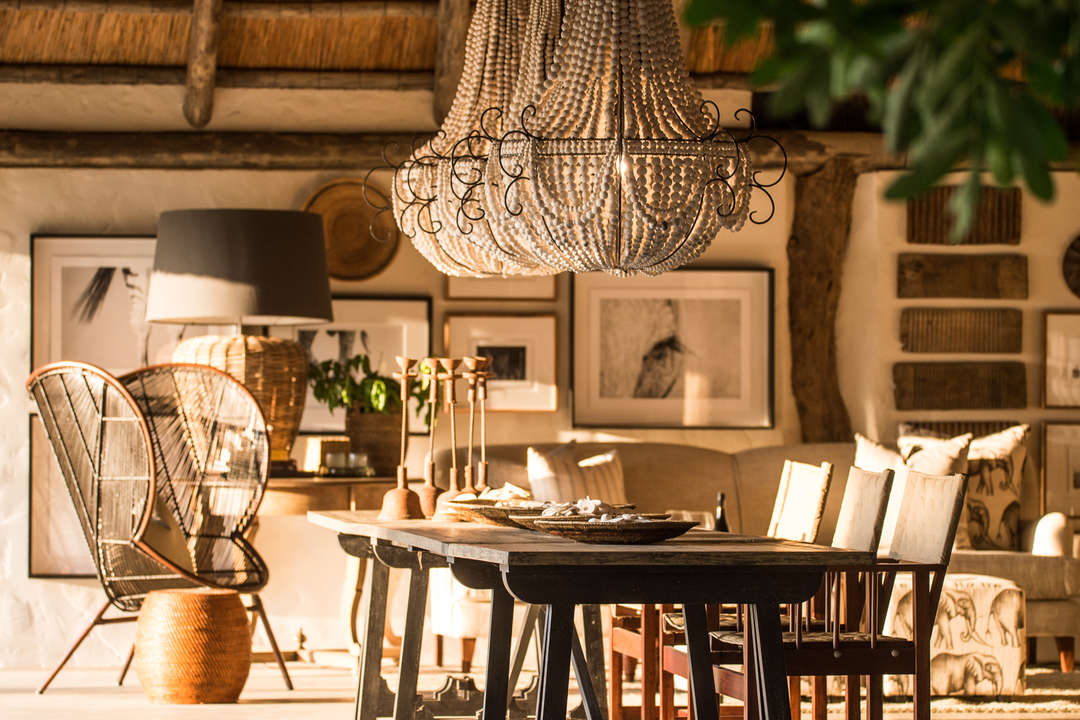
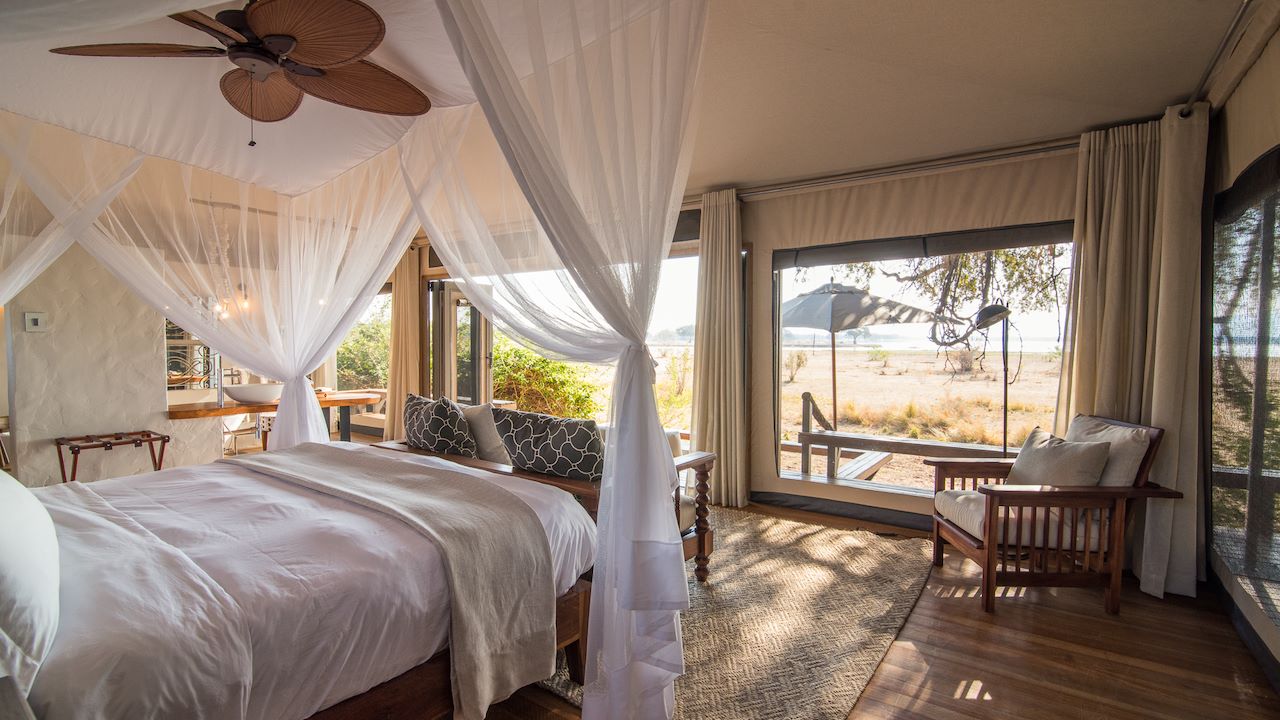
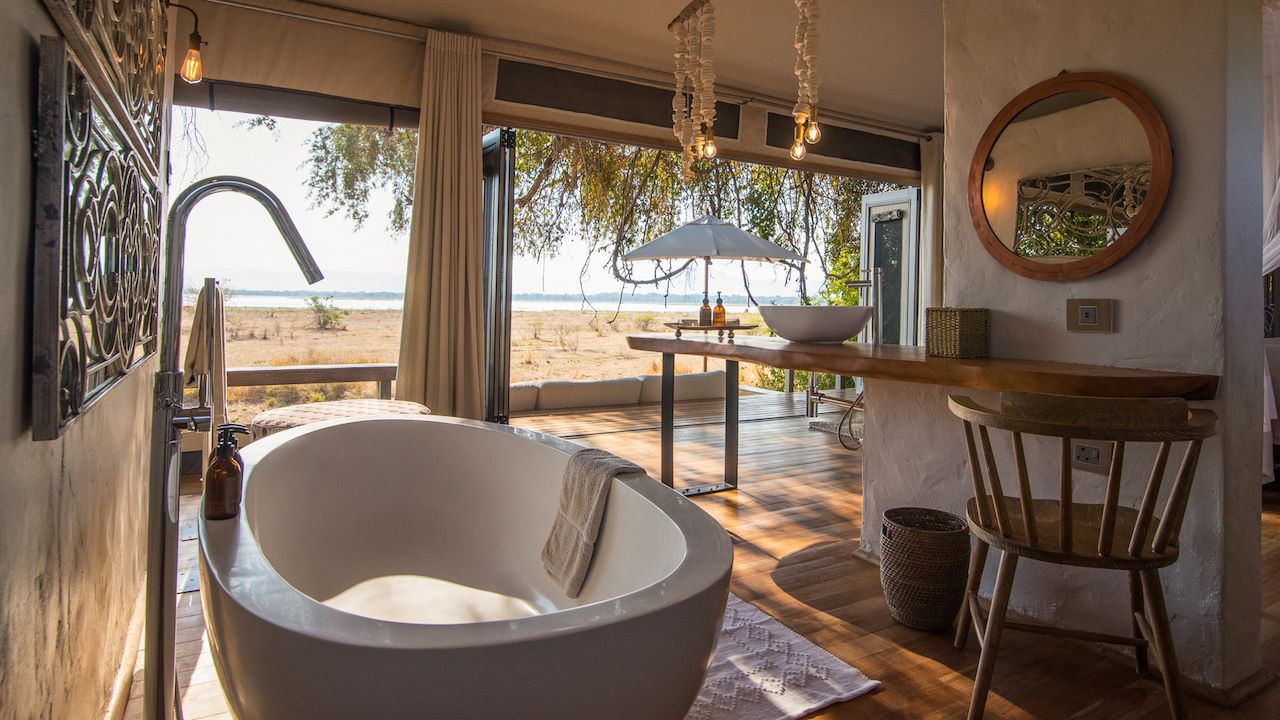


Highly intelligent, honey badgers have been documented using “bush” tools; they are also known to make use of sticks, mud and stones to their advantage. This remarkable behaviour has also been witnessed in the wild, with the likes of rocks being used to smash open ostrich eggs and using sticks to poke into termite mounds.
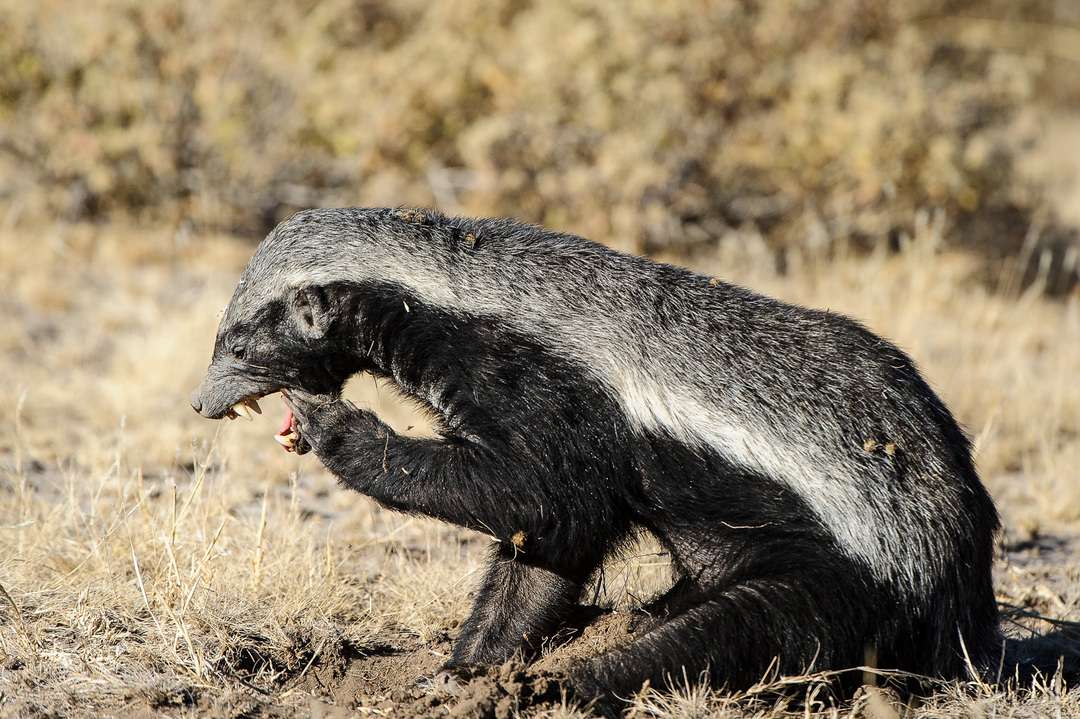

Let’s plan your next journey
Ready?
When we say we’re there every step of the way, we mean it, literally. From planning the perfect circuit, to private inter-camp transfers on Wilderness Air, and easing you through Customs. We’re with you on the ground, at your side, 24-7, from start to finish. Ready to take the road less travelled? Contact our Travel Designers to plan an unforgettable journey.
